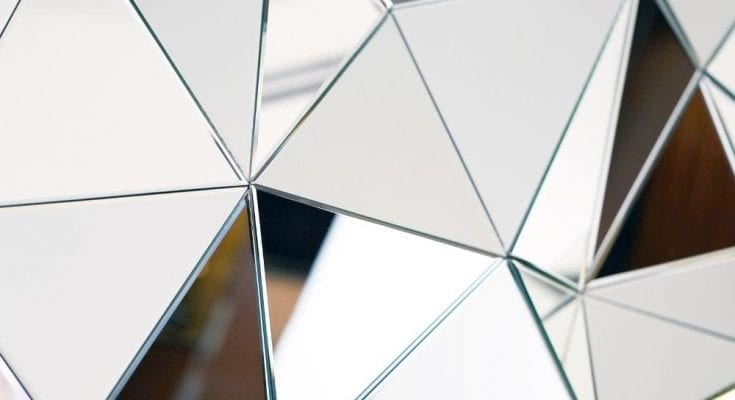For many of us, it is impossible to walk past a mirror without stopping to check out our reflection. This isn’t a form of vanity so much as wanting to present ourselves in the best way to others. This desire to impress has been part of our culture since the invention of the stone polishing process that created the first mirrors. Read on to learn more about mirrors in this reflective history.
The First Mirrors
While humans are thought to have used reflective pools of water to look at themselves for most of prehistory, the first mirrors were made from polished obsidian. They date as far back as 6000 BCE and originated from the area now known as Turkey. People eventually replaced them with polished copper in Mesopotamia and Egypt. On the other side of the world in Central and South America, natives used a similar technique to polish stones into reflective surfaces dating from 2000 BCE.
Bronze Age Advances
By the time of the Bronze Age, mirrors were prevalent in most major cultures. In the Greek and Roman cultures, metal mirrors were the norm, with surfaces of polished bronze being common. Silver was also commonly found in many ancient Roman mirrors. Some of the upper class in China and India had mirrors of speculum metal, but these were prohibitively expensive. Glass blowers began cutting sections of their work to cover the reflective metal surfaces, preserving the mirror’s quality.
The Middle Ages
The next major advancements in mirror technology occurred in the 14th century, when new glassmaking and blowing techniques led to the invention of the convex mirror. By the 16th century, mirror makers in Germany and Italy had simplified and perfected the process, but some Venetian mirrors were still extremely expensive, as creators refused to divulge their process. Through industrial espionage, the secrets for Italian glass were stolen and leaked, with production beginning in Paris and England sometime in the 17th century. Of course mirrors eventually made their way across the globe to all places such as Thailand, Japan, Australia, Peru, Mexico, and Canada.
Modern Design
The final stop on your journey looking at mirrors’ reflective history is how the process is completed today. Thanks to advances in the ribbon machine, glass production became possible on a much larger scale. Mirrors of a much higher quality were suddenly available for a much lower cost. The process of silvering was invented in 1835, and it is currently the most popular method for creating today’s mirrors.
FAQ
When were the first mirrors used?
While humans are thought to have used reflective pools of water to look at themselves for most of prehistory, the first mirrors were made from polished obsidian. They date as far back as 6000 BCE and originated from the area now known as Turkey. People eventually replaced them with polished copper in Mesopotamia and Egypt. On the other side of the world in Central and South America, natives used a similar technique to polish stones into reflective surfaces dating from 2000 BCE.



